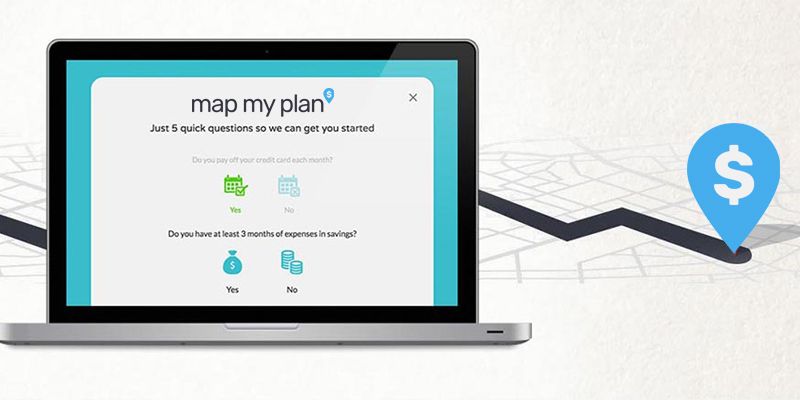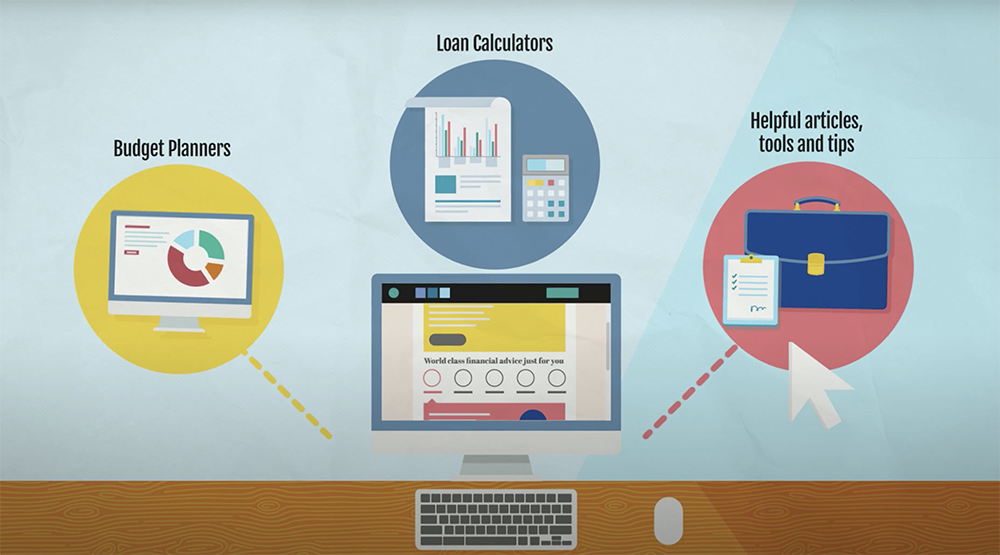
Most Australians need income protection, experts say
It’s a product they hope you never need – but most Australians should have, or at least strongly consider, financial planners say.
In the event of a serious injury or illness, income protection insurance can be a lifeline.
Scott Dawes, the owner of Care to Protect in Melbourne, says he had to persuade one of his clients some time ago that the coverage was a good investment.
Then a year ago the man had back surgery and has been unable to work since – but thanks to his income protection insurance, he’s received a steady paycheck of 75 per cent of his previous income.
“I’ve had a number of conversations with him over this, he’s very grateful,” Mr Dawes says.
“I say to my clients, I hope you never have to use this coverage,” but it’s as important as saving for a rainy day.
Marcus English, a certified financial planner with Hewison Private Wealth in Victoria, says that he advises even young people to consider insurance protection insurance if they can afford it.
“A lot of younger people tend to put these things off, they think it’s one of these things that you get when you’ve got a house, kids, a marriage.
“But really, there’s an argument for having it immediately,” as soon as a young adult enters the workforce, Mr English says.
Few people would buy a $500,000 house and fail to insure it — but someone’s ability to earn a living is an even more valuable asset.
“If a young person considers how much they could earn in a lifetime, it’s millions, basically.”
And if a young person suffers a chronic illness or gets badly injured without income protection insurance, “you may never get a house in the first place,” Mr English adds.
INCOME PROTECTION EXPLAINED
So just what is income protection insurance?
It’s important to note what it’s not — protection against becoming made redundant or stood down by one’s employer.
Instead income protection coverage protects against injuries and illnesses that prevent someone from working.
Typically they pay 75% of the insured party’s previous renumeration, ensuring that they still have an incentive to get back to work.
Coverage will last until they are back on their feet again, or the benefit period expires. Depending on the individual policy, that might be after several years, or it could continue until age 65.
Benefits are taxable, but the premiums are fully tax deductible, says Corey Wastle, a certified financial planner with Verse Wealth, also in Melbourne.
Like Mr Dawes and Mr English, he advises most clients to get it.
“If you depend on yourself, you should seek to have income protection in place. If you have dependents, you should seek income protection. Basically anyone who is working to meet their living costs should have income protection in place.”
The only working people who he wouldn’t suggest getting covered are the lower earners in a two-income household, he said.
Also, people working part-time — less than about 25 hours a week — aren’t eligible for the insurance, Mr Dawes added.
Some people think they have income protection insurance through their superannuation, but those policies are typically total and permanent disability (TPD) insurance that only covers people so badly injured they’re never likely to work again, Mr Wastle says.
Even when income protection insurance is available through superannuation, the products available on the retail marketplace are superior, with better coverage and fewer conditions, according to both Mr Wastle and Mr English.
“My advice is if you can afford income protection, you should be obtaining coverage through an insurer that you pay yourself, rather than funding it through your super. You will have a more comprehensive coverage,” says Mr Wastle.
“You tend to get a better quality product,” concurred Mr English.
Also, some people think their employer will cover them if they’re hurt on the job and unable to work. Mr Wastle states while that’s true to some extent, the amount a worker is entitled to may not be sufficient to tide them over.
Also, he said, the #1 reason why people claim income protection isn’t for a physical injury – it’s mental health related. Those claims aren’t typically covered by an employer – but they are by insurance protection insurance if a doctor will validate them.
COSTS AND CONSIDERATIONS
Just like other insurance products, the premiums for income protection insurance can vary widely — from as little as a $50 or $60 a month for a healthy young person earning around $50,000 annually, to as much as $30,000 or $40,000 annually for a high-income worker in their 50s.
Premiums vary by age, occupation, sex, income and the length of waiting period between the date of an injury and illness until the insurance payments kick in.
That waiting period could be as little as 14 days, but a longer period of about 90 days can result in a halving of premiums, Mr English says.
Office workers pay less for coverage than blue collar workers whose jobs involve manual labour, and women actually pay more for income insurance, Mr Dawes says.
That’s because while women are less likely to get the coverage, actuarial tables indicate that when they have it they’re more likely to claim on it.
“I’m not even going to speculate as to why,” Mr Dawes said.
While income protection insurance is available direct from insurers — and some people think it’ll be less hassle to simply sign up over the internet — Mr Dawes says that it does make sense to talk to a financial planner about them.
“What we do find is that the devil can be in the details with these particular policies,” he said.
For example, a conversation beforehand can save someone thinking that their policy covers them for being unable to work because of their back condition, when in reality their insurer might deny such a claim because the condition is pre-existing, he says.
Income protection is also available with what’s called a level premium, which won’t increase as the insured party gets older, Mr English added.
Typically those products are more expensive for the first eight years, but after about 15 or 20 years they end up getting much cheaper – resulting in savings of as much as $50,000 or $100,000 over a lifetime of premiums, he says.
Young people “really get an opportunity to lock in a low premium,” Mr English says. “That’s a really good point to focus on, if you’re young.”




















